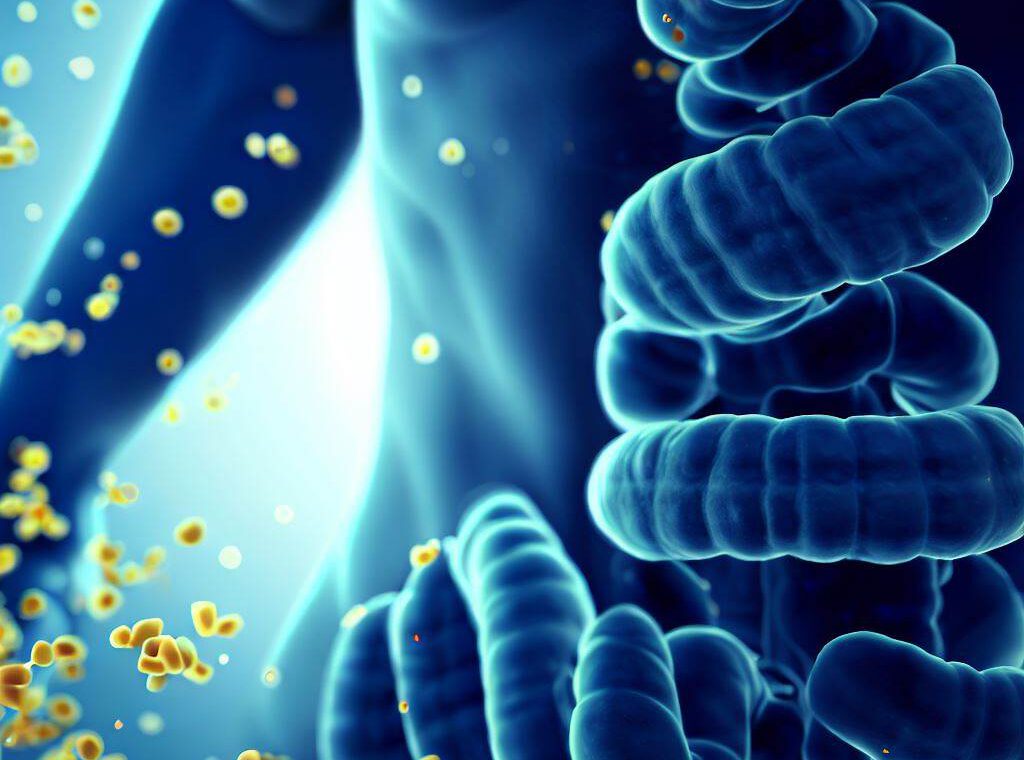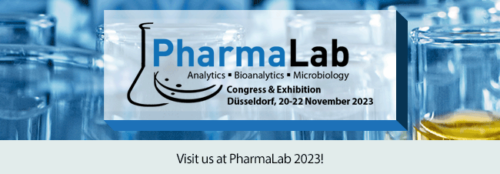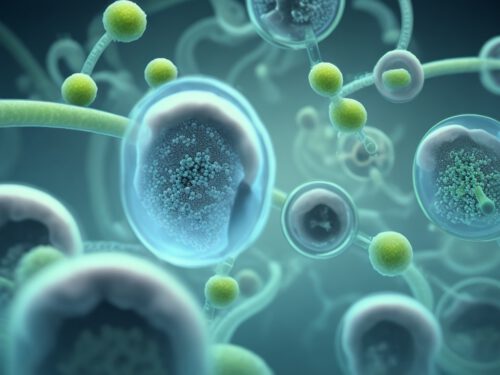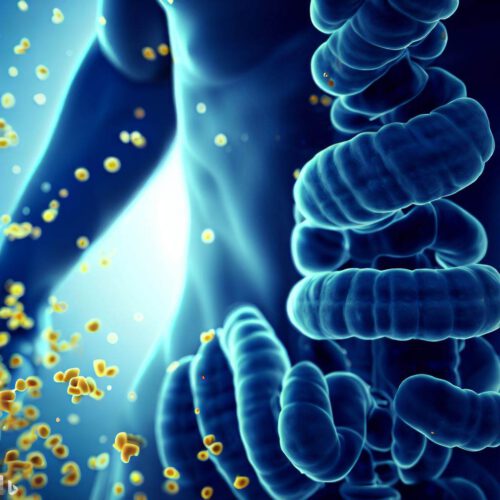Introduction
Endotoxins are bacterial substances found in the cell walls of gram-negative bacteria. They play a crucial role in triggering inflammation and immune reactions in the body. In this blog post, we will explore the definition, sources, and health effects of endotoxins on human health. Additionally, we will shed light on the importance of endotoxin detection and reduction in various fields. Let’s dive in and learn more about these fascinating yet potentially hazardous molecules.
What are Endotoxins and How Do They Work?
Endotoxins are lipopolysaccharides (LPS) that constitute a vital part of the outer membrane of gram-negative bacteria. These molecules are released when bacterial cells die or disintegrate. Once endotoxins enter the body, they trigger an inflammatory response by activating the immune system. The specific immune molecule responding to endotoxins is Toll-like Receptor 4 (TLR4), expressed on certain immune cells like macrophages and dendritic cells.
Origin and Sources of Endotoxins
Endotoxins are mainly produced by gram-negative bacteria, which are widely present in the natural environment. Examples of such bacteria include Escherichia coli (E. coli) and Salmonella spp., found in both soil and the digestive tracts of humans and animals. The release of endotoxins often occurs when these bacteria die due to external influences or antibiotics.
People can be exposed to endotoxins in their environment through contact with contaminated water, food, or soil. Even in medical facilities, endotoxins can pose a risk, especially when sterile instruments or solutions become contaminated.
Endotoxins and Health
The impact of endotoxins on human health can vary depending on the quantity, duration, and individual sensitivity. At low exposure levels, endotoxins can cause temporary inflammation, stimulating the immune system as a protective mechanism. This is usually harmless and part of the immune response to infections.
However, high concentrations of endotoxins or long-term exposure can lead to more severe health problems. Research has shown a link between chronic endotoxin exposure and inflammatory conditions such as arthritis, asthma, and inflammatory bowel diseases.
Concerning is also the potential connection between endotoxins and cardiovascular diseases. Studies have indicated that endotoxins can trigger the release of inflammatory mediators, which in turn can damage blood vessels and contribute to atherosclerosis.
Endotoxin Detection and Measurement
Due to the potential health risks, detecting and measuring endotoxins is of utmost importance. In medical and biotechnological laboratories, specific test methods like the Limulus amoebocyte lysate (LAL) test are used, based on the ability of amoebocytes (a type of blood cells from horseshoe crabs) to react to endotoxins.
Similarly, in environmental monitoring and the food industry, methods for endotoxin detection are employed to identify contaminations and ensure product safety.
Endotoxins in the Food Industry
The food industry has developed stringent control mechanisms to minimize the risk of endotoxin contamination in food products. Regular assessments of raw materials, production processes, and end products are performed to ensure that endotoxin levels remain within acceptable limits.
Moreover, endotoxin removal techniques are employed in food processing to guarantee consumer safety and prevent foodborne infections.
Conclusion
Endotoxins are fascinating molecules with both positive and negative effects on health. While they play a critical role in the immune response to infections, they can also cause serious inflammatory reactions and health issues.
It is crucial that we are aware of the potential dangers and take appropriate measures to minimize exposure to endotoxins. Regular monitoring and detection of endotoxins in medical, industrial, and environmental samples are vital to safeguard the health of humans and the environment.
Let’s work together to deepen our understanding of endotoxins while raising awareness of their impacts to create a healthier and safer world.
Links and Resources for “Endotoxins: Triggers of Inflammation and Their Impact on Health”:
- Park BS, Lee JO. Recognition of lipopolysaccharide pattern by TLR4 complexes. Exp Mol Med. 2013 Dec 6;45(12):e66. doi: 10.1038/emm.2013.97. PMID: 24310172; PMCID: PMC3880462.
- Tsuji K, Harrison SJ. Limulus amebocyte lysate – a means to monitor inactivation of lipopolysaccharide. Prog Clin Biol Res. 1979;29:367-78. PMID: 504267.
- Erlanson-Albertsson C, Stenkula KG. The Importance of Food for Endotoxemia and an Inflammatory Response. Int J Mol Sci. 2021 Sep 3;22(17):9562. doi: 10.3390/ijms22179562. PMID: 34502470; PMCID: PMC8431640.
- Liebers V, Brüning T, Raulf M. Occupational endotoxin exposure and health effects. Arch Toxicol. 2020 Nov;94(11):3629-3644. doi: 10.1007/s00204-020-02905-0. Epub 2020 Sep 10. PMID: 32910236.
- Minerva Analytix GmbH: Endotoxin Testing under GMP conditions
- Role of Endotoxins
- Structure of Lipopolysaccharide Endotoxins






